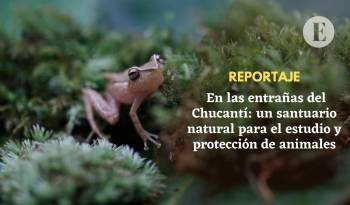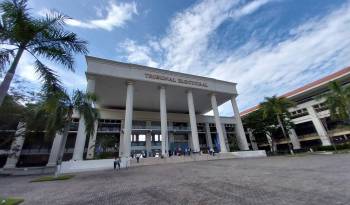Concesionaria Madden Colón llevó a cabo un simulacro de accidente sobre la autopista como fase final del Curso de Formación de Brigadas de Emergencias,...
- 27/07/2009 02:00
- 27/07/2009 02:00
PANAMA:. Beautiful Chame bay is at risk. The development of the shrimp industry, construction of bridges and roads, coal production and agriculture are destroying Chame’s mangroves, according to a press release from the National Environment Authority (ANAM). Ironically, ANAM recently declared this region a protected area.
ANAMÁ´s Jose Gonzalez said that indiscriminate development is causing erosion and pollution by altering the natural ecological functions of the mangrove swamps.
Mangroves are trees and shrubs located in tidal areas, mainly river estuaries, where there is a balance between saline and fresh water.
Animals and plants have adapted to the salinity, the muddy sea and river bed, and tidal flooding because food is abundant. Mangroves provide a protective barrier against the natural erosion caused by waves on the coasts.
The biodiversity of mangroves is rich; eleven of the 13 species of mangroves on the American continent are present in Panama and make up 5.6 percent of the country's 170,000 hectares of total forest cover, mostly in the Pacific area.
But the threats are not just pollution, but also greed and corruption.
Two years ago, a relative of former president Martin Torrijos bought 26 hectares of mangrove forests in Chame for less than one cent per meter.
Tons of sand were moved to fill the devastated mangroves and turned them into high value beach real state.
Gonzalez said the importance of July 26, international Mangrove Day, is a chance for all citizens to recognize the ecological relevance of mangrove conservation.


















